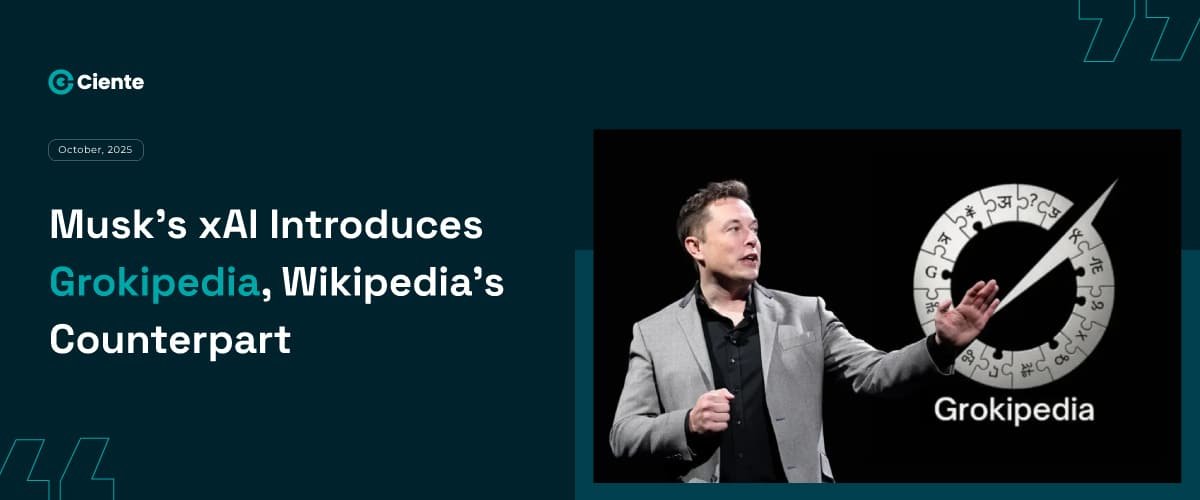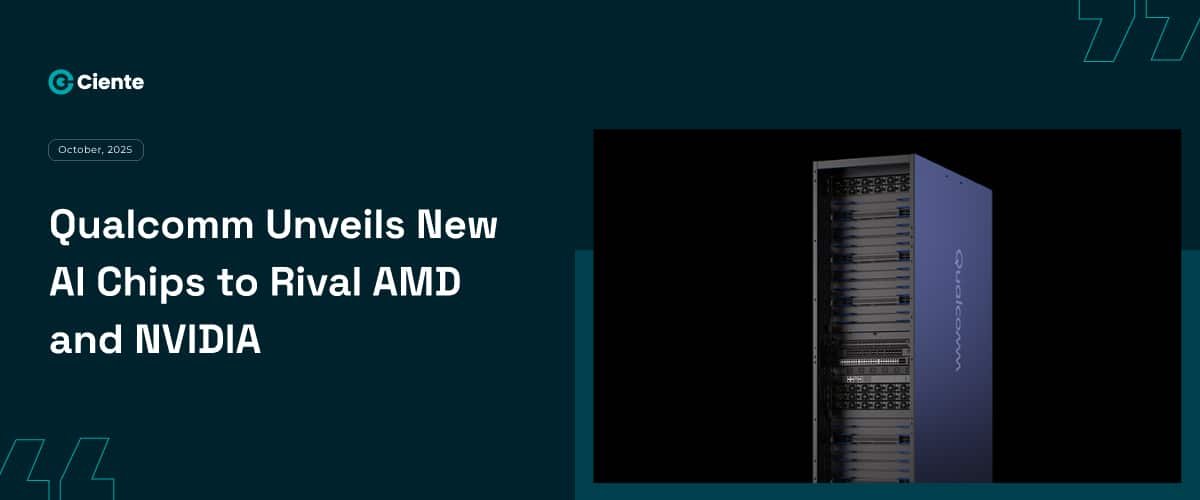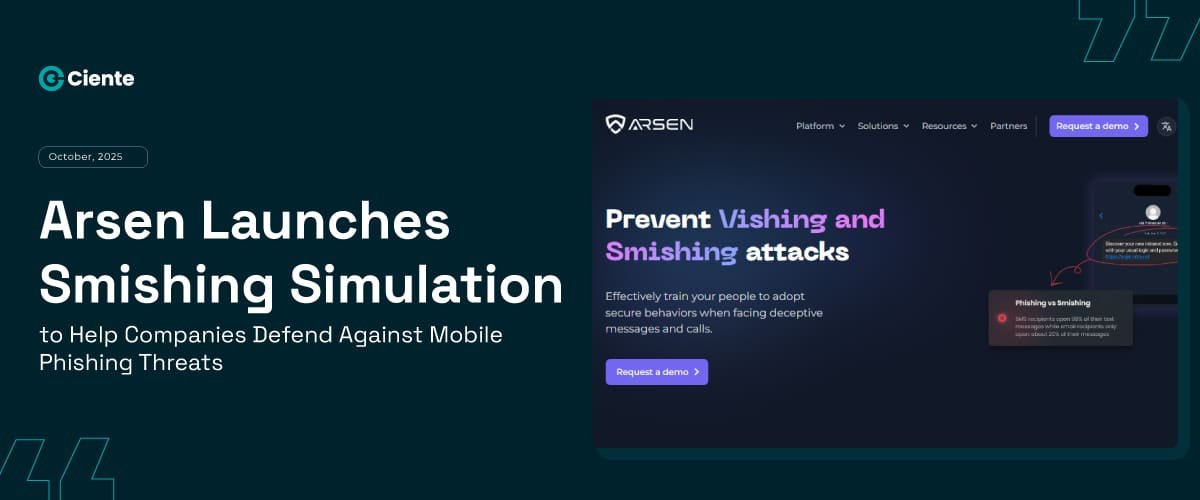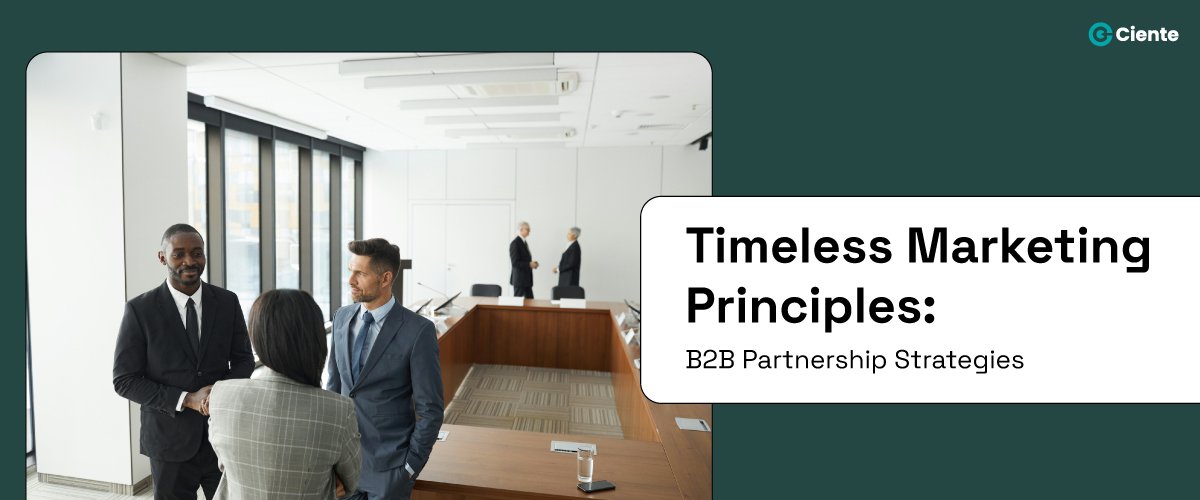How to Map a Successful B2B Product Launch Strategy?
A successful product launch strategy isn’t centered on the event. But rather an inevitable outcome of turning pipeline potential into reality.
We have to stop treating the product launch strategy like a marketing campaign.
A launch is not a campaign. It’s a commercial asset. It should be the single most sturdy tool to accelerate revenue in your company’s arsenal. A launch measured by press mentions and website traffic, rather than contract value and customer longevity, is a theatre show. And not business.
You’re wasting time.
Look at the standard B2B product launch strategy. It is predictable and slow. And follows a disastrous, linear playbook: Product builds. Marketing messages. Sales sell. Each department works in a vacuum, tossing a half-baked asset over a wall to the next team.
This failure is an architectural hiccup. You have a product, but you don’t have a unified commercial structure to support it. The market is not waiting for your big day. The market is moving on, self-educating, and solving its own problems with the tools already available.
To win in this environment, you have to engineer an inevitable commercial outcome.
You need to shift your focus from the launch event to the launch system. This system operates on three non-negotiable strategic imperatives. They must be executed concurrently, not consecutively, to achieve real, high-speed revenue lift:
- The Signal-to-Value Mandate: You must anchor every dollar of effort to the one thing that matters: irrefutable financial return.
- The Tri-Force Alignment: You must break the organizational silos that kill velocity. Product, Sales, and Marketing are now one accountable unit.
- The Perpetual Ignition System: Launch day is the starting gun for a revenue flywheel, not the finish line of a project. Treat it that way.
This isn’t a playbook for market entry. This is the structural blueprint that guarantees sustainable, high-margin dominance.
Product Launch Strategy #1: The Signal-to-Value Mandate
Every product launch strategy is a financial commitment. Your executive team needs to know that the launch itself is a profitable asset. That starts with redefining the core value proposition.
Ditch the Feature List. Sell the Financial Delta.
Most launch pitches focus on what a product does. They talk of AI-driven analytics, integration, or a 50% reduction in clicks. That’s tactical noise. Your C-suite buyer does not care about clicks. They care about P&L impact.
You have to shift your entire narrative to the financial delta you create. The Delta Value is the measurable difference between the customer’s current and their future operational costs after using your product.
This requires deep, forensic work before you write the first line of copy.
- Isolate the Acute Business Pain: What is the single, quantifiable, existential problem your ICP faces? Do not talk about efficiency. Talk about the $5 million annual penalty they pay for regulatory non-compliance. Talk about the 40,000 lost labor hours due to data reconciliation errors.
- Calculate the Cost of Friction: Assign a verifiable dollar figure to that pain for a target company. You use publicly available compensation data, operational budgets, and industry benchmarks. This calculation is your proof point.
- Define the Commercial Asset: Your product is not a piece of software. It is a Guaranteed Financial Asset that eliminates the $5 million problem for an annual subscription of $500,000. That is a 10x ROI.
When your entire launch narrative is built on this Delta Value, you change the sales conversation.
You are no longer defending your price; you are presenting an irresistible investment opportunity. You move from the defensive, feature-focused selling of the past to the aggressive, value-based selling that captures market leadership.
The Problem With Top-Down TAM
You have to stop presenting the classic Total Addressable Market (TAM) number. That huge number pulled from a Gartner report is nothing more than wishful thinking.
It’s an illusion of scale. Investors know it. Your board knows it. It assumes everyone who could possibly have the problem will buy your product immediately. They will not.
You have to replace that illusion with Targeted Attainable Market (T-AM).
- T-AM is not a projection. It is a commitment.
- T-AM is the total dollar value of the Delta Value you can realistically deliver to your specific, validated ICP within the next 18 months.
The T-AM is a self-imposed revenue target that you can defend with real data from your early-access customers. It proves you understand the commercial viability of your solution, not just the technical feasibility. When you focus on T-AM, you focus on the quality of revenue- the only thing that sustains long-term growth.
Product Launch Strategy #2: The Tri-Force Alignment
Silos kill the revenue.
Your product launch strategy will fail if your product, sales, and marketing teams are not operating as one unified entity. They must be a Tri-force. Or the internal misalignment will create a fractured, untrustworthy image in the market.
Integrating the Product-Market-Sales Engine
The standard hand-off process is a guaranteed momentum killer. You have to dissolve those walls and build an Integrated Launch Council (ILC).
The ILC is a small, high-agency group of directors (or VPs) from each of the three core functions. Their mandate is not to run the launch; their mandate is to enforce singular accountability across the commercial lifecycle.
This is what they must execute, starting 90 days before launch:
- Unified Goal Setting: Scrap MQLs (Marketing’s metric) and Demos Booked (Sales’ metric). The only shared metric is Launch-to-First-Deal-Value (LFDV). Everyone’s bonus, everyone’s focus, is tied to the speed and size of the first ten deals closed post-launch.
- The Collaborative Messaging Artifact: Marketing is not allowed to write the core messaging alone. Sales must provide the ten most common objections from pre-launch conversations. The product must provide the ten most common workarounds from beta users. The final messaging must directly address these twenty points of friction. This guarantees the narrative is market-validated before it goes live.
- Real-Time Feedback Integration: The sales team’s job is not just to close deals. Their primary job is to record every single conversation that led to a Value realization breakthrough. That recording goes directly back to the ILC. This content becomes the real-time branded content for the next week of the launch cycle.
When you force the three functions to share one goal, they stop fighting over budgets and start collaborating on revenue. That is the only way to build an Alignment Architecture that can sustain hyper-growth.
Strategic Enablement: Arming Sales with Context
Sales enablement is usually a disorganized dump of data. You give the sales rep a binder full of features and hope they articulate the value. That’s a recipe for disaster.
You have to arm your sales team with context and collateral.
- The Problem-to-Value Narrative: Give the rep the three-minute story that starts and ends with the customer’s financial pain. The rep must be able to articulate the $5 million problem before they even mention your product. The product is the inevitable solution to an already established, undeniable cost.
- Objection-Proofing Language: Predictable objections kill deals. “Too expensive.” “We’ve got a solution.” “Send me your literature.” For every single one, your team needs the exact pivot language. The goal is to pull the conversation back to the Delta Value.
If a customer says, “It’s too expensive,” the only answer is: “I get it. But what’s the $5 million annual loss costing your organization right now?” The value must be the counter-punch.
Your sales team is your most crucial product launch channel. They are the final touchpoint of your narrative. They stop selling features and start selling financial outcomes when you give them a unified, value-driven context.
Product Launch Strategy #3: The Perpetual Ignition
Your launch day is a single, perishable moment of time. You have to design the entire product launch strategy as a self-sustaining system that accelerates after the initial event.
You’re building a flywheel, and not a sprint.
Pre-Ignition: Manufacturing the Signal
Do not waste time creating hype. Hype is noise. You need to focus on generating signals, tangible, verifiable evidence of market intent.
The six weeks leading up to launch must be dedicated to this:
- Co-Creating with Champions: Do not pay for testimonials. Partner with five early-access customers to co-create their success story right now. Give the product away for a year in exchange for exclusive, joint rights to the data that proves your Delta Value. Your launch should be a joint press release with a Fortune 500 partner proving your ROI.
- Targeting the Micro-Segments: Do not blast a generic message to the entire market. Identify the one specific persona who feels the most acute pain and target only them with your MVM. Focus your paid media, your PR, and your content entirely on reaching that tiny, highly motivated audience. You want a 100% penetration rate on that micro-segment.
- The Low-Friction Conversion Path: Your landing page should not be a corporate brochure. It is a direct tool for intent capture. The single Call-to-Action (CTA) must be proportional to the visitor’s pain. If the problem is $5 million, the CTA should be a free, 30-day ROI calculator, not a generic “Contact Sales” form.
You build the signal before the event. You use that signal to drive the initial momentum.
Ignition: Launching the System, Not the Product
The moment you go live, your goal is to transition immediately into a learning organization.
Your entire organization needs to switch from a planning mindset to an iteration mindset.
- Track the Activation Metric: Stop tracking sign-ups. Track the Activation Rate. Did a user who signed up for the free trial actually use the core feature within the first 48 hours? If not, the product is not the problem. It’s the onboarding narrative that’s flawed.
- Use Failure as Fuel: The moment a sales conversation fails, data goes back to the ILC. The moment a user abandons the trial, the data goes back to the ILC. Failure is not a problem; it is unpaid market research. Use it to refine the messaging and the feature set. Iterate within 72 hours.
- Focus on the Revenue Signal: Your daily dashboard must focus only on the LFDV metric. Which channels are delivering the highest-value contracts? Which content pieces are driving the most high-value inquiries? You must scale those channels aggressively within the first two weeks, redirecting budget away from the low-performing assets.
Post-Ignition: Building the Commercial Flywheel
The post-launch phase is where most companies fail. They revert to the old siloed model. You have to enforce the continuous feedback loop.
The entire product launch strategy must be seen as a Commercial Flywheel.
- Fueling the Flywheel: The revenue generated by the first wave of deals does not go to the general fund. It is immediately earmarked for the next cycle of Value creation, funding the next critical feature on the product roadmap, and scaling the highest-performing channel.
- The Iterative Roadmap: The product roadmap for the next quarter is not dictated by the engineering team. It’s dictated by post-launch data from both sales and customer success teams. Your next feature must solve the most common post-sale support ticket or the most common sales objection.
- Brand and Revenue are Inseparable: Your brand reputation is built on one thing: consistent, visible, and felt value. Every successful customer case study you generate is a new piece of brand content. And every time you deliver the promised Delta Value, you strengthen your market position and accelerate future deals.
A successful product launch strategy is not a timeline of tasks.
It is a mandate for structural, organizational, and financial unity.
When you focus on the Signal-to-Value Mandate, enforce the Tri-Force Alignment, and commit to the Perpetual Ignition System, you stop launching events. Your product launch strategy turns into an accelerated, self-sustaining revenue engine.
And you make market leadership the only possible outcome.






